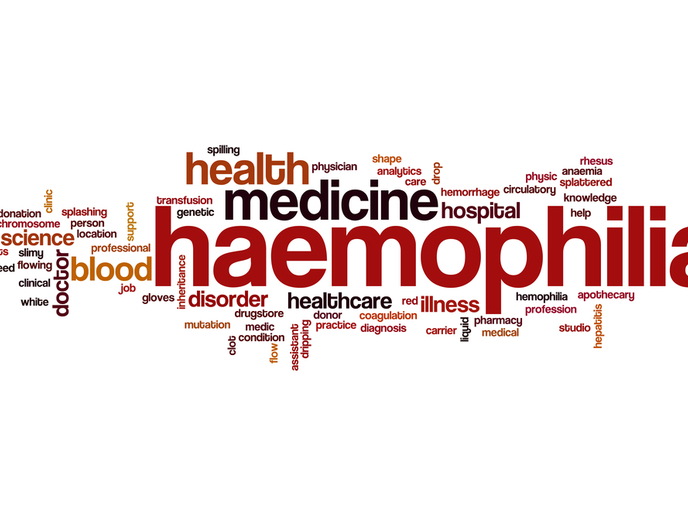Linking clusters of experts on rare diseases
Although expert opinions are always valued, many diseases and their therapies have become well established and most patients can be treated effectively in care facilities close to their homes. However, when it comes to RDs, the majority of the medical field is lacking experience. This is why the joined forces of experts from throughout Europe are obviously much more likely to bring about a positive patient outcome. The EU has targeted the creation of the European Networks of Centres of Expertise (ENCE) for rare diseases as one way to achieve optimal health care for European citizens. In order to develop a blueprint applicable to all RDs, the EU-funded project ENCE-CF-LAM-LTX evaluated implementation for three different RDs. Consortium members began by mapping available resources and structures separately for each of the three cases. They consulted with patients, health care workers, clinical researchers, administrators and insurers to determine needs and expectations regarding Networks of Centres of Expertise. From the research, scientists constructed a list of elemental requirements, including patient registries, clinical trials networks and the participation of patient organisations. Basic research and biobanking were also fundamental to optimised health care delivery. Each of the elemental components was then described in detail for the three RD case studies. Scientists then extracted the common characteristics among the three case studies to come up with a generic blueprint that can be applied to any RD in the future. This guiding information was published in a groundbreaking document titled 'How to build European reference networks (ERNs) for rare diseases - Elements, considerations, and materials', also referred to as 'ENCE elements'. Establishment of ENCE for rare diseases will foster even greater expertise among participants through shared knowledge and experience. This clustering of professional, support and technical resources will enable more efficient and effective patient care, improving prognoses and raising healthcare standards to the highest levels across the EU.







